
<trans-title>Zárubeň nejen pro celoskleněnou stěnu</trans-title>
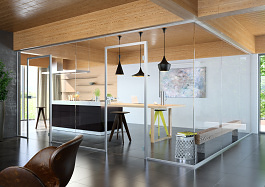 |
Increasing sound insulation between separate rooms, preventing dust penetration... All of this can be achieved by the subtle SILENCE aluminum frame by sealing the expansion joint between the fully glass doors and the partition.
“The SILENCE frame, made of aluminum profiles, can be installed in the building opening later, in brick, drywall, wooden, or concrete partitions, but is primarily designed for fully glass walls,” explains Mr. Petr Paksi, Executive Director of J.A.P., which specializes in the production of comprehensive design door systems and adds: “In addition to its design aspect, you will also appreciate the variability of this solution - the frame is produced in three types and can be installed in the center of the building opening or on the corner of the wall.”

Type L
The SILENCE frame in L version is designed for installation in brick, drywall, or concrete partitions and is meant for fully glass doors with a thickness of 8-12 mm.

Type Z
For corner installation of the partition, type Z is designed with a visible width of 28 mm and a construction depth of 45 mm. Like type L, it is suitable for all construction systems and is intended again for fully glass doors with glass thickness of 8-12 mm.
Type H
This type is the optimal solution for fully glass walls with a thickness of 8-12 mm. Once installed, it will close the gap around the fully glass doors, which ensures simple rubber sealing. The glass partition will thus gain higher sound insulation and dust resistance.All three types of SILENCE frames have an aluminum surface finish with a dual appearance - brushed stainless steel or anodized aluminum. The entire system conveys a very light impression, the airiness and elegance of the fully glass doors are not disrupted, but rather appropriately complemented in design.
> www.japcz.cz
The English translation is powered by AI tool. Switch to Czech to view the original text source.
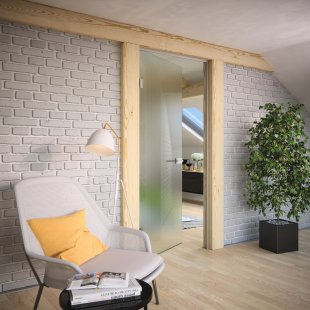
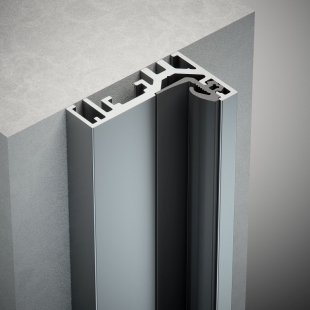
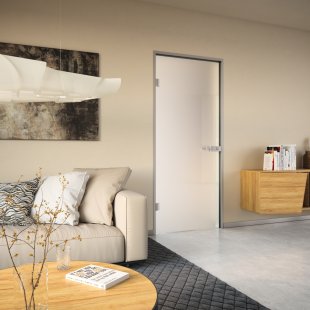

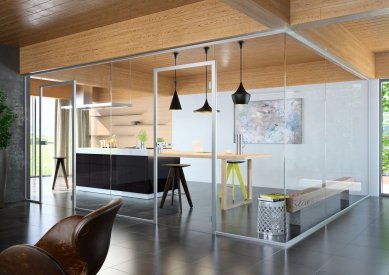
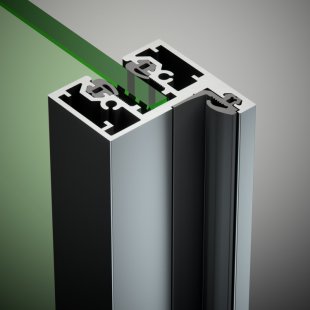
0 comments
add comment
Related articles
0
04.12.2017 | Glass walls
0
07.11.2017 | Stainless steel railing
0
18.07.2017 | Invisible sliding system PREMIUM
0
07.06.2017 | Dynamic aluminum frame
0
03.05.2017 | Construction casings in modern design
0
06.04.2017 | Design doors with aluminum construction
0
08.02.2017 | Trend of Door Systems – Hidden Frames












